Fine line: London’s Lisson Gallery hosts a show of line-inspired artwork
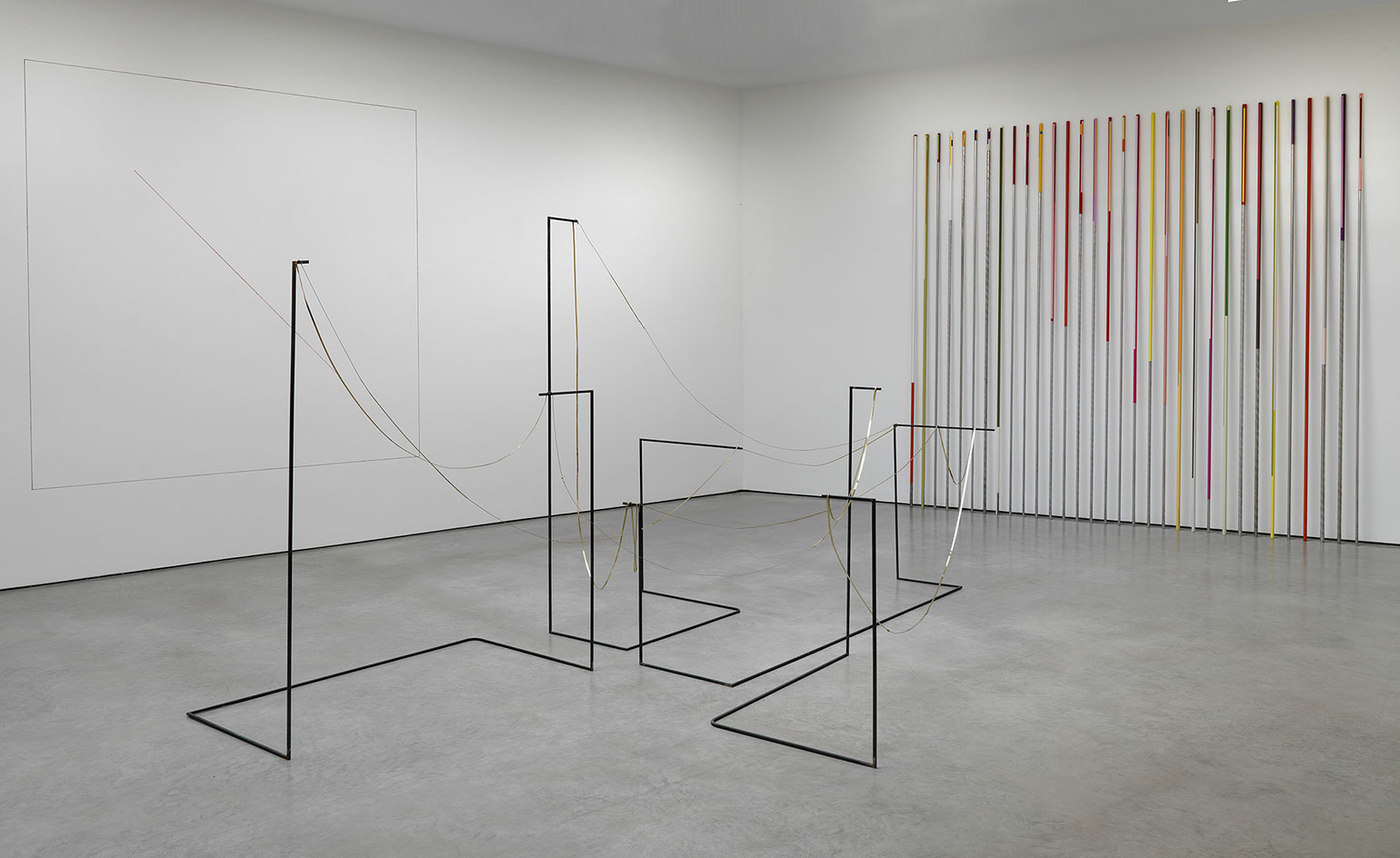
Artists have, of course, done many marvellous things with the continuous line. They have taken it places, crawling off the page or squiggling into three dimensions, becoming a physical thing of itself, freed of representational duties. 'Line', a new show at the Lisson Gallery in London, guest curated by Mary Doyle and Kate Macfarlane of the Drawing Room in Bermondsey, has 15 examples of what artists, from Sol LeWitt, Susan Hiller, Richard Long and Julian Opie, have done with it.
The exhibition’s starting point is LeWitt’s Wall Drawing #157, first drawn to his instructions by Nicholas Logsdail – owner and co-founder of the Lisson Gallery – in 1973 and re-drawn here. The earliest piece here is actually Tom Marioni’s One Second Sculpture, a photograph of a coil of metal whipping itself into a straightish line in mid-air. Jonathan Monk also lets his materials do what they will in Fallen, 2006, letting a length of rope, exactly his height, fall to the ground and remaking that exact form in neon tubing as a kind of self-portrait.
Long, famously, took the line outdoors, gently imposing his linear order on the natural world. Long, like Johnny Cash, walks the line. His Four Day Walk, 1980, leaves or records no visible trace on the landscape. It is merely a record of the types of places he saw walking in a 94-mile straight line. British artist K Yoland also takes her line – of crumbled, disobedient paper – outdoors, deep into Texas near Mexico. Her paper, a possible border, refuses to stay still or settle in one place or form. Julia Opie’s Pine Forest, meanwhile, creates dense woodland out of nothing much at all.
Florian Pumhösl’s Tract, 2011, is a 16mm film animation of early dance notation (an inspiration to a number of artists and photographers in recent years). Maximilian Schubert hangs three dimensional linear sculptures on the wall while Athanasios Argianas drapes loops of brass ribbon, each etched with poetic suggestions of what it might be a measure of.
Perhaps the most imposing piece in the show is Susan Hiller’s Work in Progress, from 1980. It is all that is left of a week-long performance piece in which she unraveled a painting on a canvas, before reassembling it into physical doodles.
Berlin-based installation artist Monika Grzymala and Seattle-based Victoria Haven have both created site-specific pieces for the show: Grzymala kicks up a storm of cross-hatched black-then-white tape while Haven creates delicate abstract optical illusions, playing with shadow and perspective.
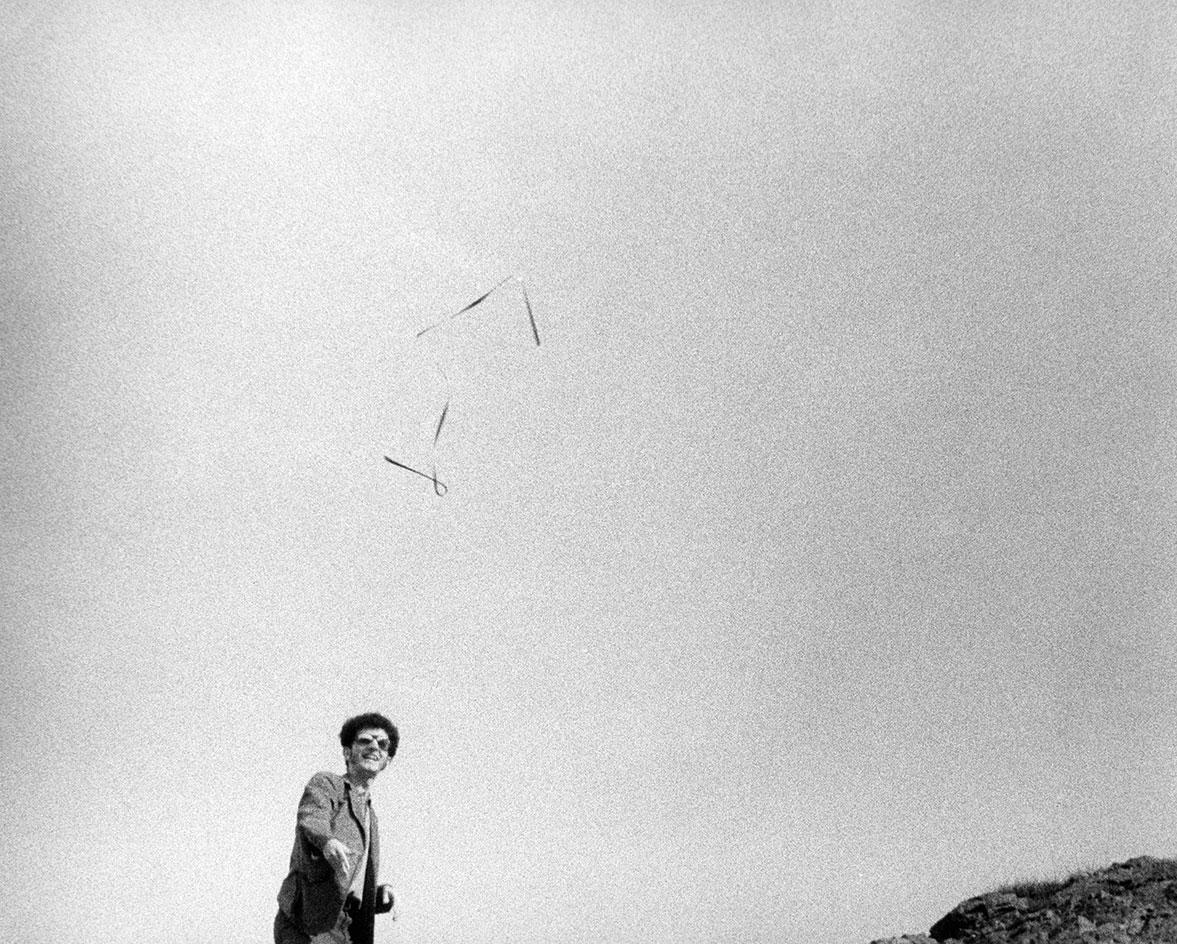
Over the years they have taken it places, crawling off the page or squiggling into three dimensions, becoming a physical thing of itself, freed of representational duties. Pictured: One Second Sculpture, 1969. Courtesy the artist
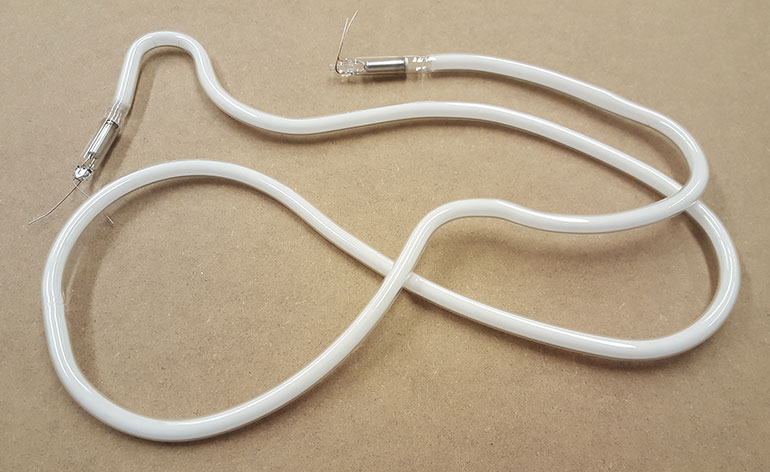
The show, featuring 15 artists, is guest curated by Mary Doyle and Kate Macfarlane of the Drawing Room in Bermondsey. Pictured: Fallen, by Jonathan Monk, 2006.
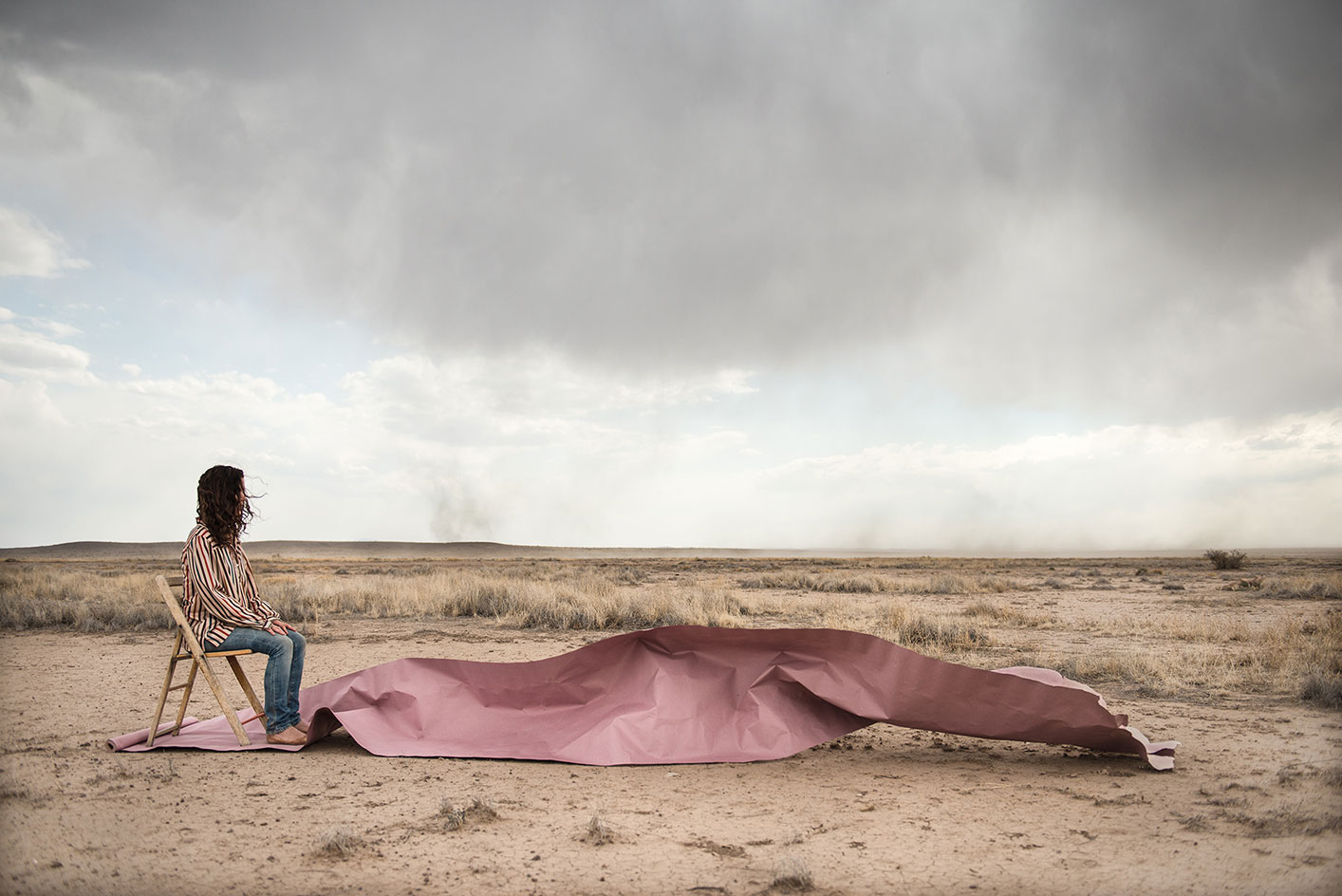
British artist K Yoland takes her line – of crumbled, disobedient paper – outdoors, deep into Texas near Mexico. A possible border, it refuses to stay still or settle in one place or form. Pictured: Border Storm (Chihuahuan Desert, West Texas, USA), 2013. Courtesy the artist
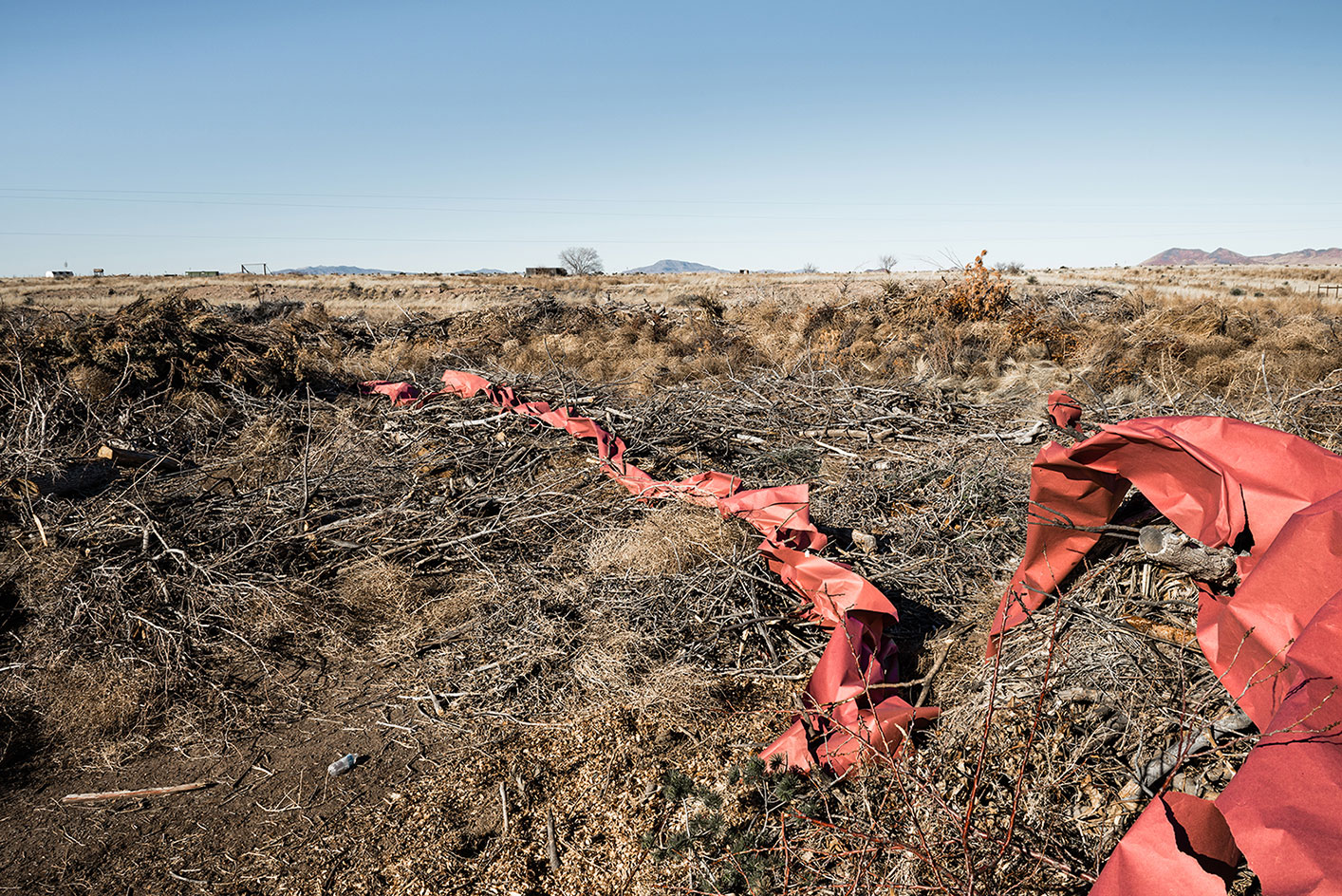
Red Line through Dump (Marfa, West Texas, USA), 2013. Courtesy the artist
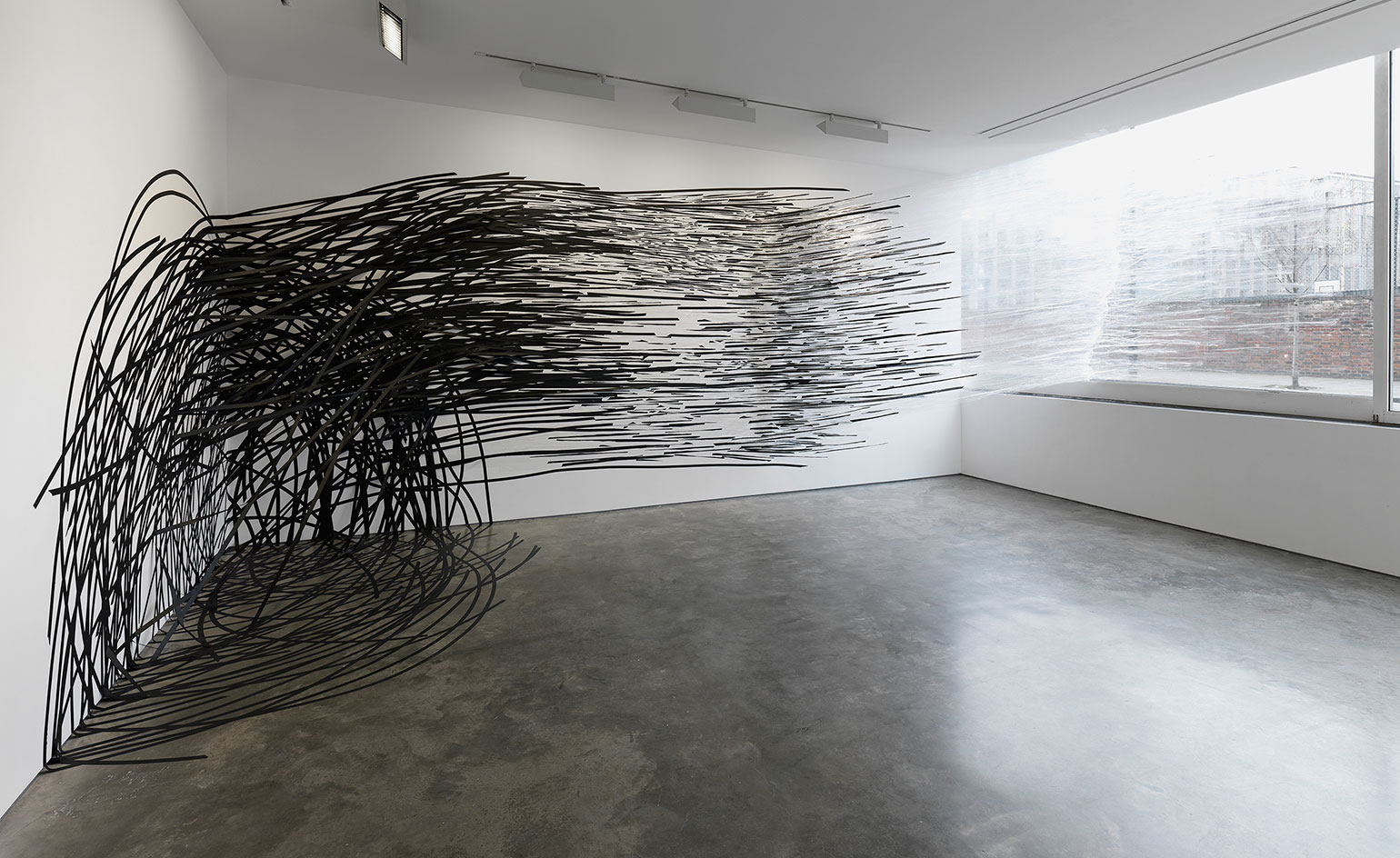
'Line', installation view, with Monika Grzymala's Raumzeichnung (liquid, gravity). Courtesy Lisson Gallery, London
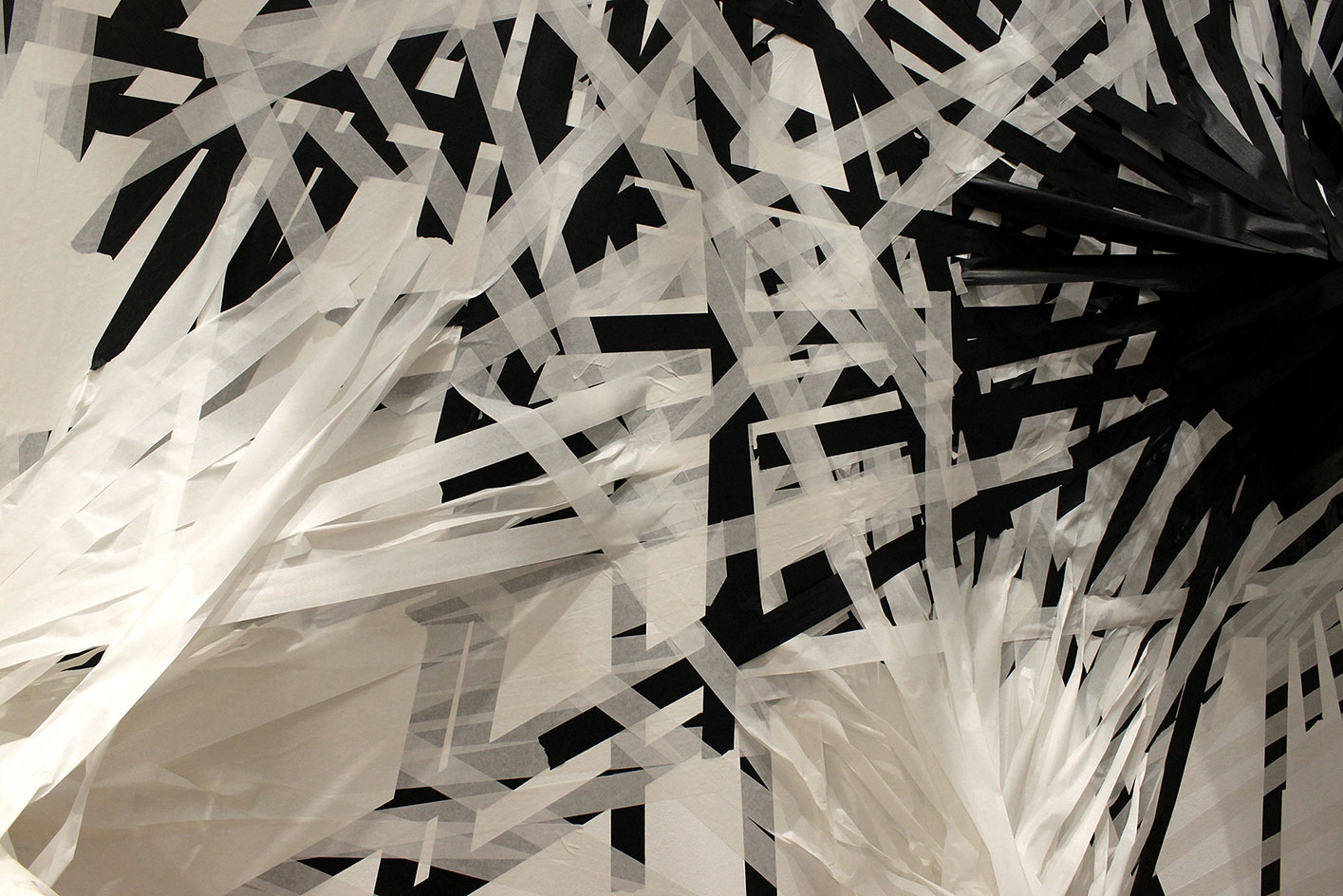
The Berlin-based Grzymala's site specific installation is a storm of cross-hatched black-then-white tape. Pictured: Raumzeichnung (liquid, gravity), by Monika Grzymala, 2015, at Museum für Gegenwartskunst Siegen, Germany.
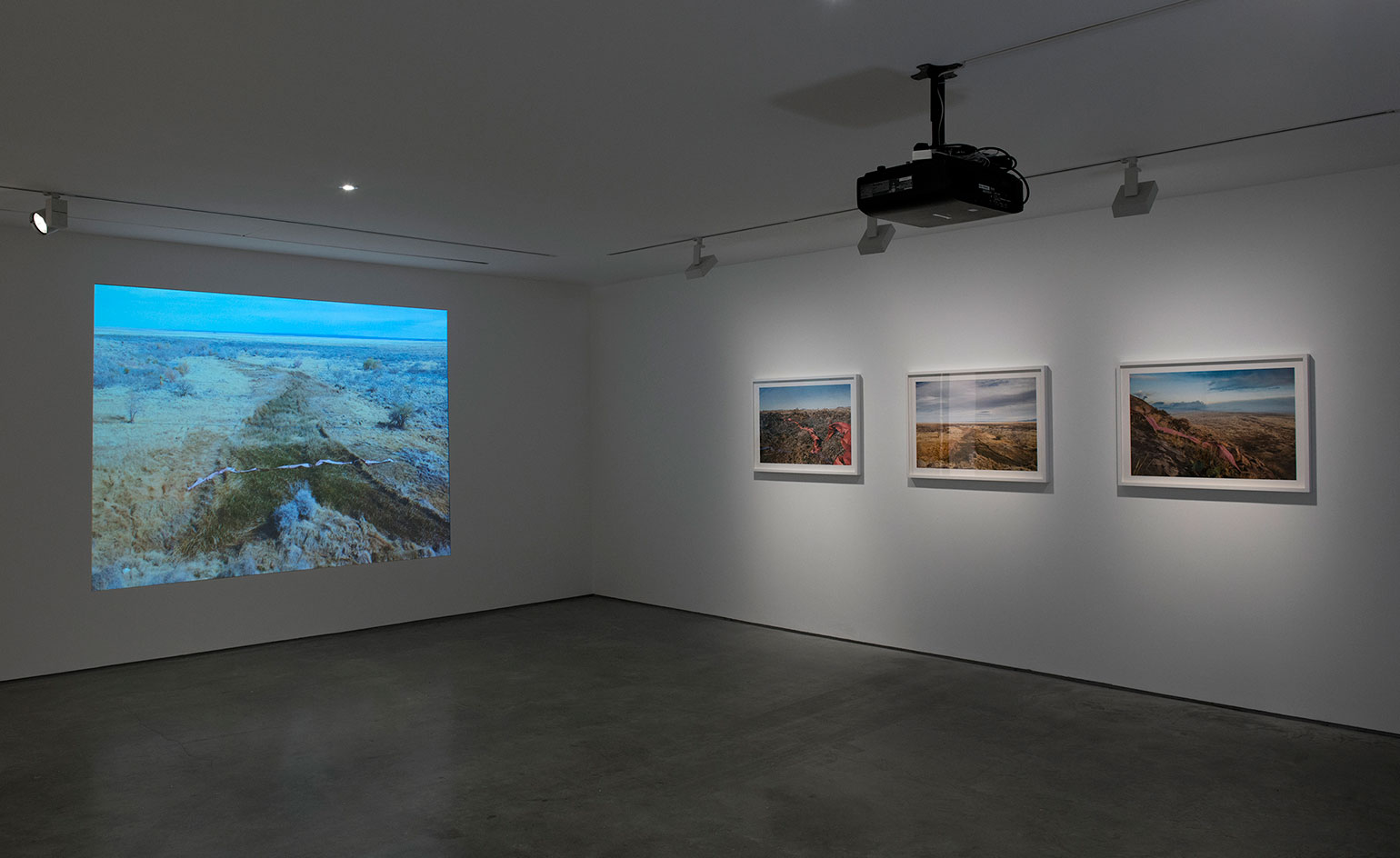
'Line', installation view. Courtesy Lisson Gallery, London
INFORMATION
’Line’ is on view until 12 March. For more information, visit the Lisson Gallery’s website
ADDRESS
Lisson Gallery
52 Bell Street
London, NW1 5BU
Receive our daily digest of inspiration, escapism and design stories from around the world direct to your inbox.
-
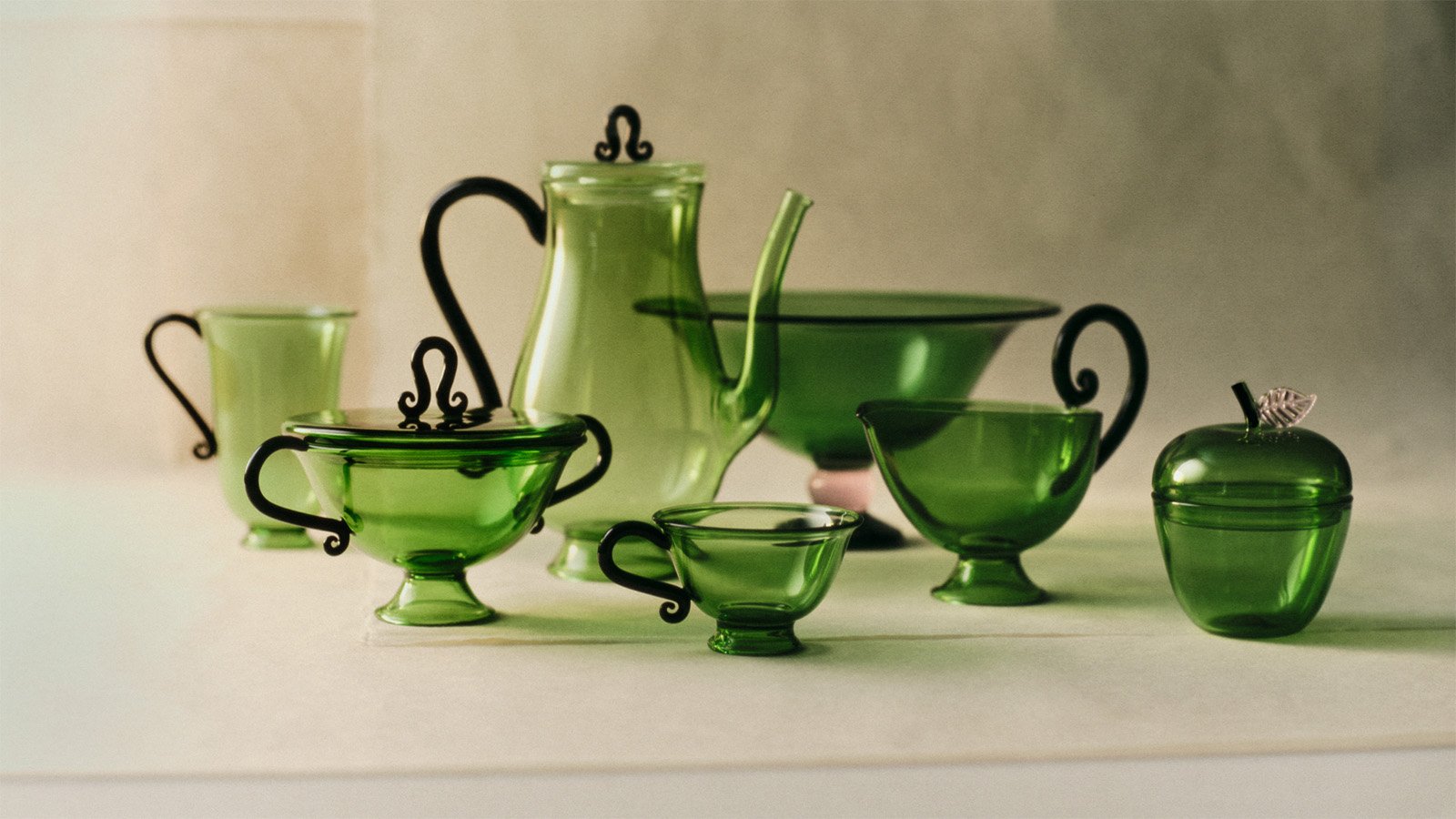 Sophie Lou Jacobsen’s glass tableware is fit for a hotel-style breakfast at home
Sophie Lou Jacobsen’s glass tableware is fit for a hotel-style breakfast at homeThe French-American designer unveils her ‘Continental Collection’, a playful and elegant take on classic breakfast tableware
-
 Hanker after a 1970s supercar? The Encor Series 1 elevates the Lotus Esprit to a new level
Hanker after a 1970s supercar? The Encor Series 1 elevates the Lotus Esprit to a new levelThis limited-edition remastering of the dramatic wedge-shaped Lotus Esprit stops at nothing to improve and enhance the original without losing sight of its analogue excellence
-
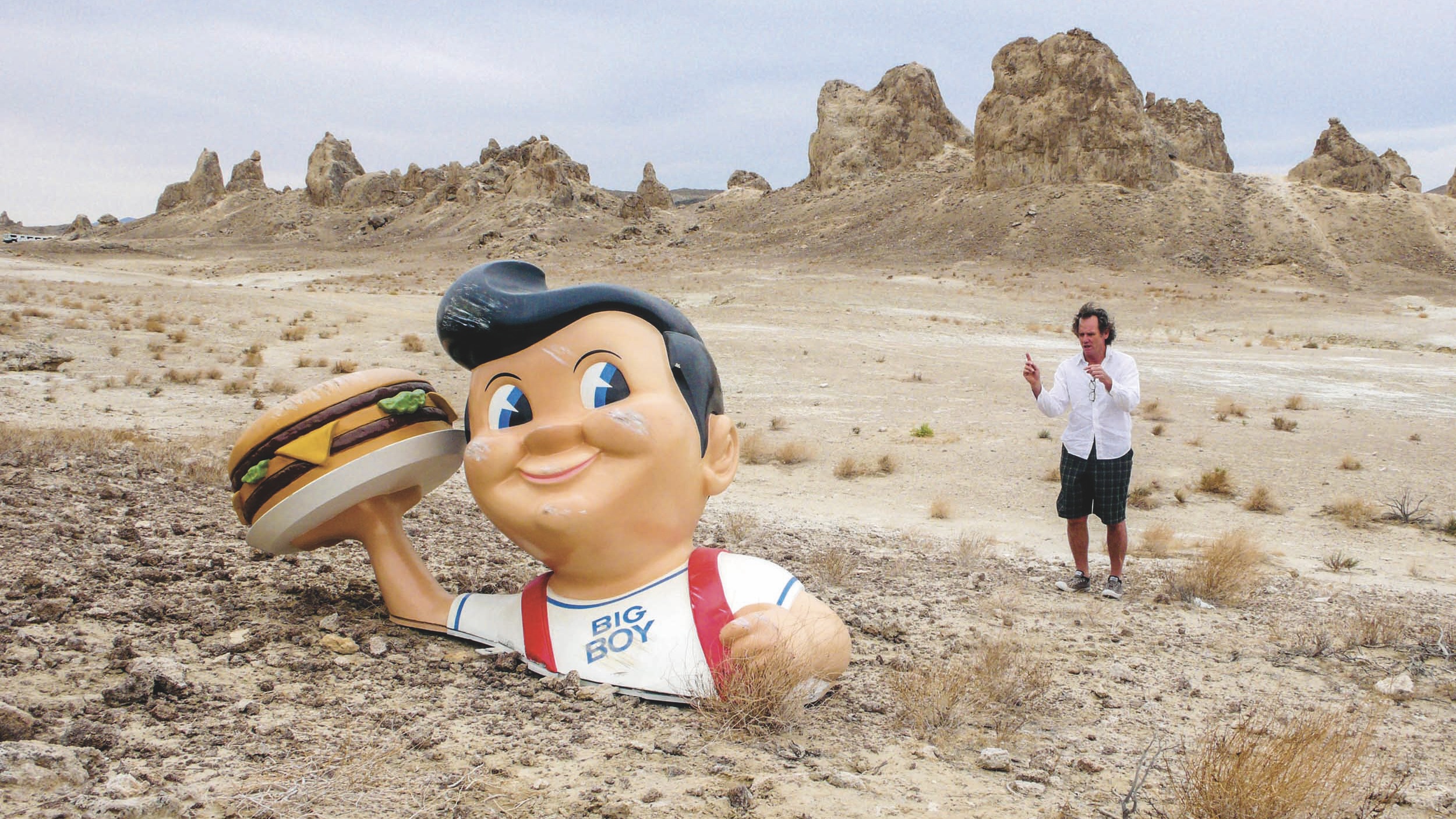 A new photo book takes you behind the scenes of some of cinema's most beloved films, from 'Fargo' to 'Charlie's Angels'
A new photo book takes you behind the scenes of some of cinema's most beloved films, from 'Fargo' to 'Charlie's Angels'Set decorator Lauri Gaffin captures Hollywood's quieter moments in an arresting new book
-
 Los Angeles art exhibitions: the best shows to see in December 2025
Los Angeles art exhibitions: the best shows to see in December 2025Read our pick of the best Los Angeles art exhibitions to see this month, from a ‘Walk on the Moon’ at Jeffrey Deitch to The AIDS Monument at West Hollywood Park
-
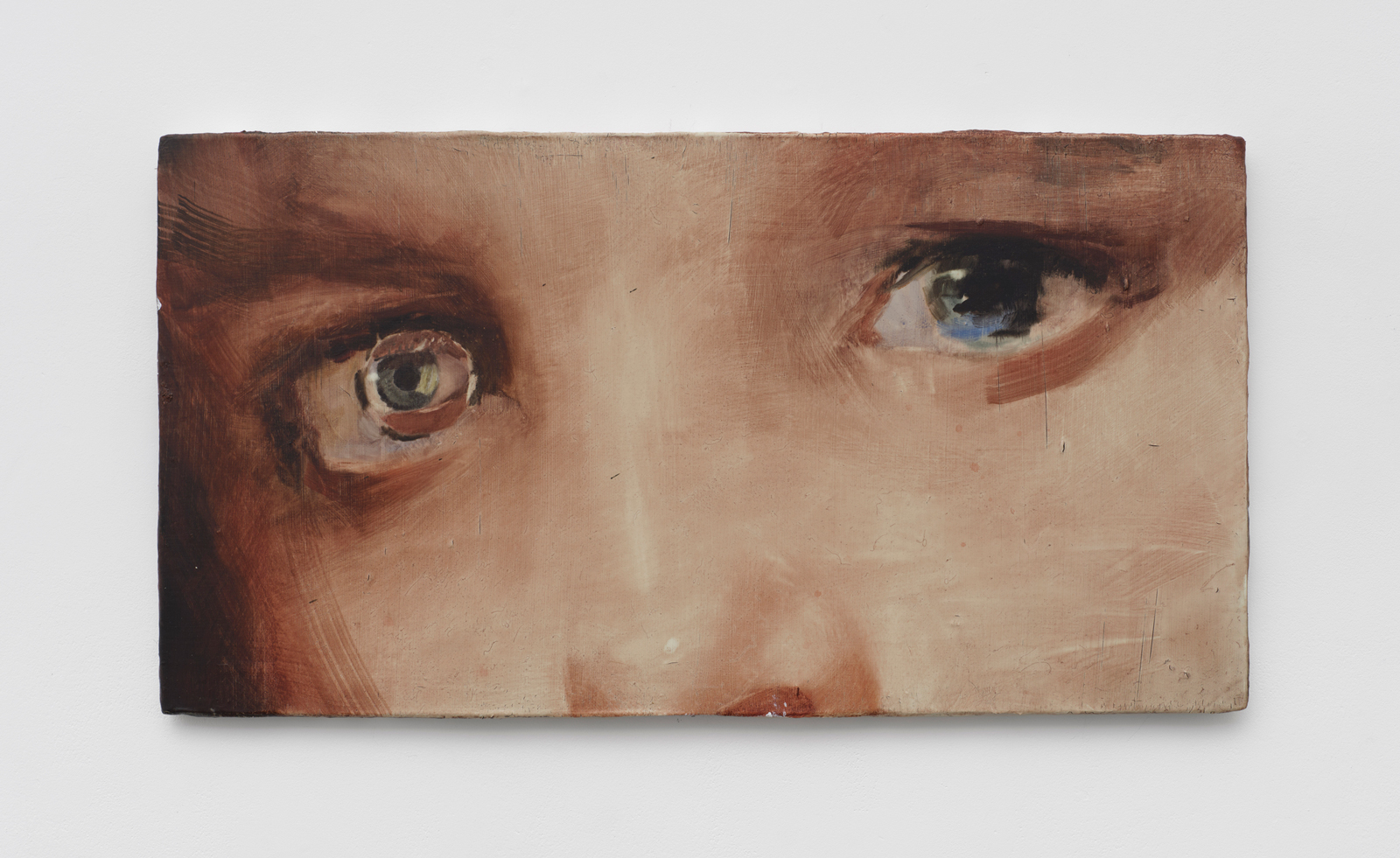 ‘Accordion Fields’ at Lisson Gallery unites painters inspired by London
‘Accordion Fields’ at Lisson Gallery unites painters inspired by London‘Accordian Fields’ at Lisson Gallery is a group show looking at painting linked to London
-
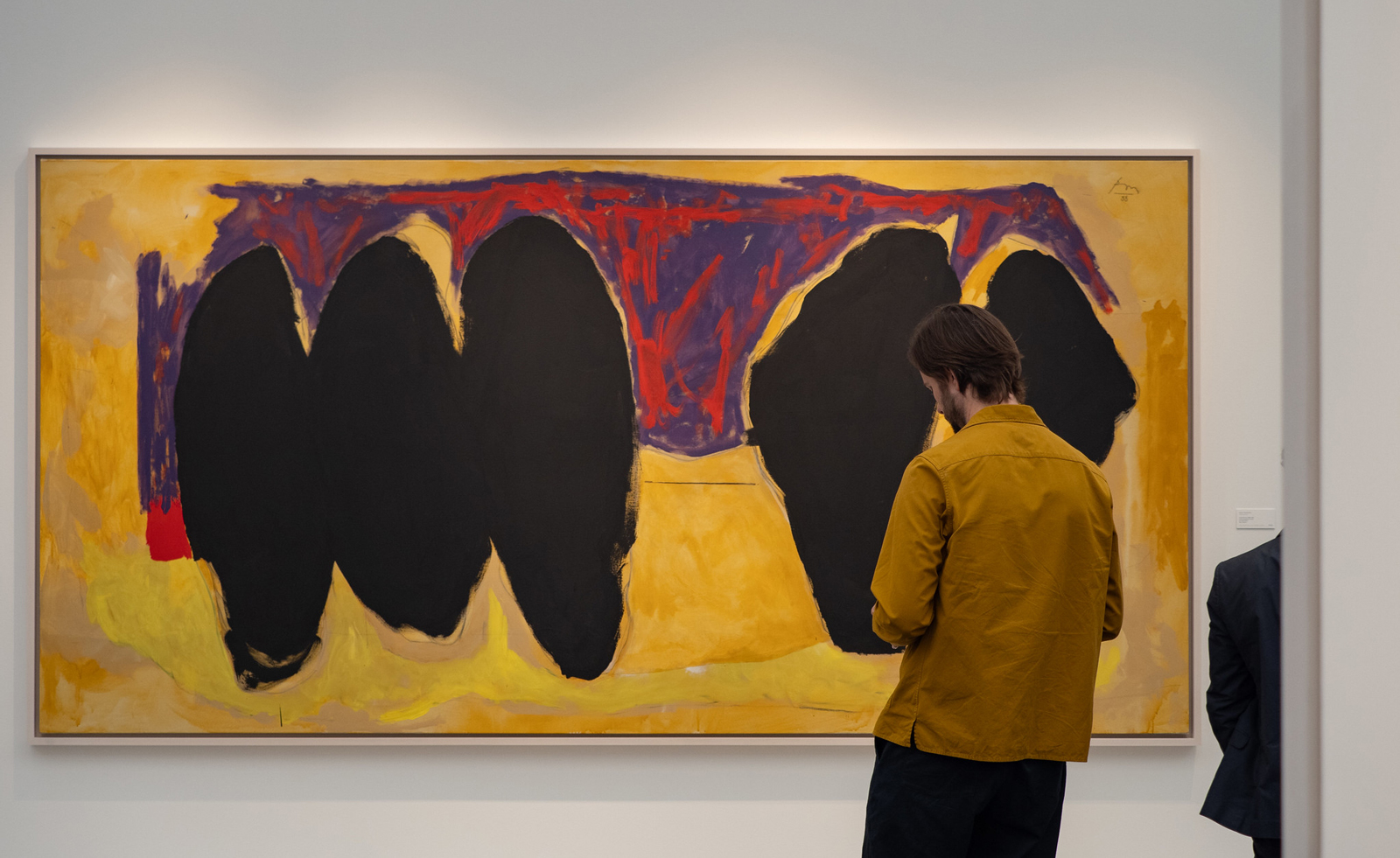 Frieze London 2023: what to see and do
Frieze London 2023: what to see and doEverything you want to see at Frieze London 2023 and around the city in our frequently updated guide
-
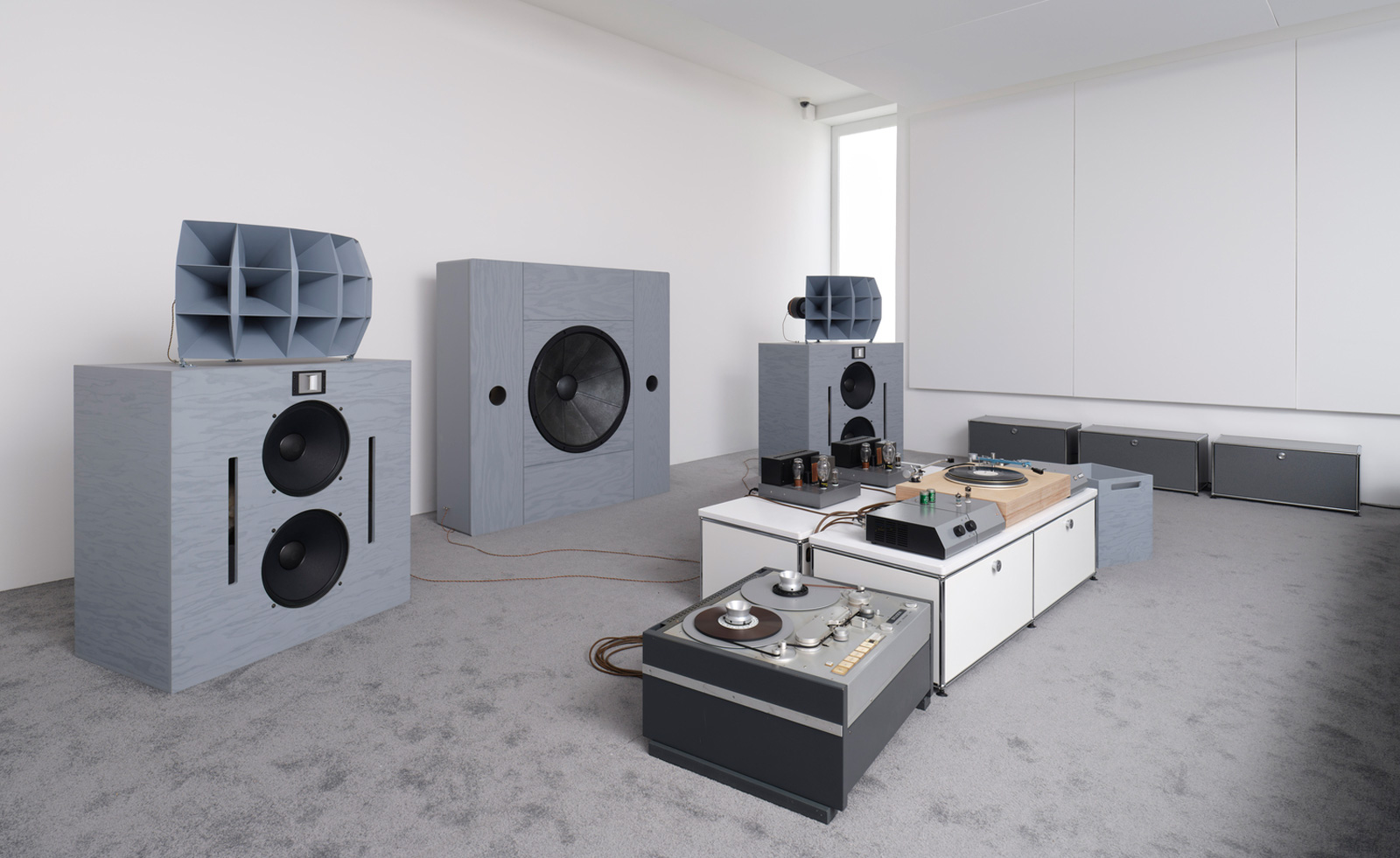 Last chance to see: Devon Turnbull’s ‘HiFi Listening Room Dream No. 1’ at Lisson Gallery, London
Last chance to see: Devon Turnbull’s ‘HiFi Listening Room Dream No. 1’ at Lisson Gallery, LondonDevon Turnbull/OJAS’ handmade sound system matches minimalist aesthetics with a profound audiophonic experience – he tells us more
-
 Julian Opie on VR, shuffle dancing and obsessive art collecting
Julian Opie on VR, shuffle dancing and obsessive art collectingArtist Julian Opie reflects on life, work and turning London’s Lisson Gallery into a playground of VR (until 15 April). We explore his new show and peek behind the scenes of his London studio
-
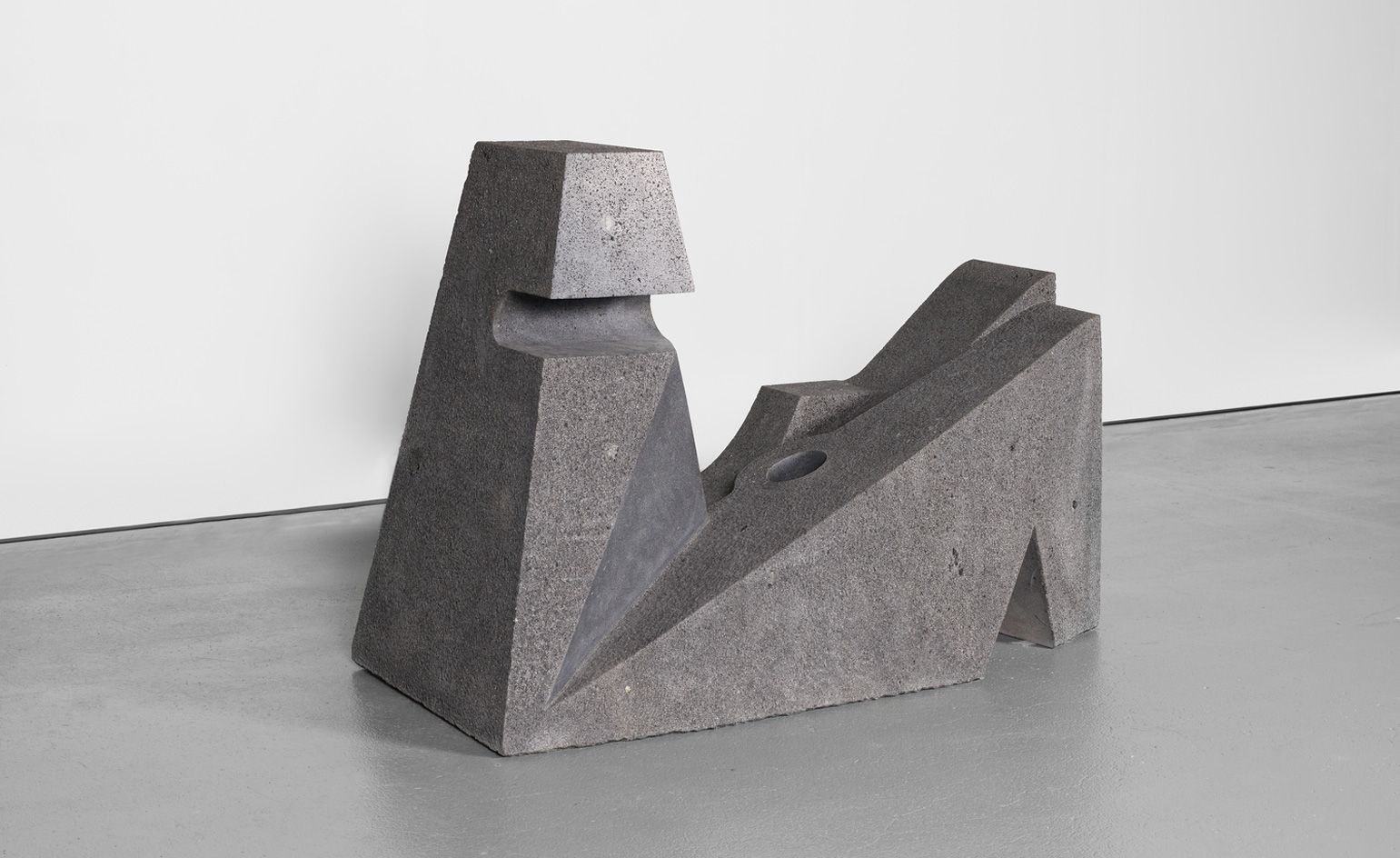 Pedro Reyes: ‘sculpture is a very jealous goddess’
Pedro Reyes: ‘sculpture is a very jealous goddess’In ‘Tlali', an exhibition at Lisson Gallery, New York, Mexican artist Pedro Reyes carves into the spirituality of stone, the complex history of the American continent and the vocabulary of pre-Columbian and Mesoamerican civilisations
-
 Fictional reality: Ryan Gander probes the limits and possibilities of the human condition
Fictional reality: Ryan Gander probes the limits and possibilities of the human condition -
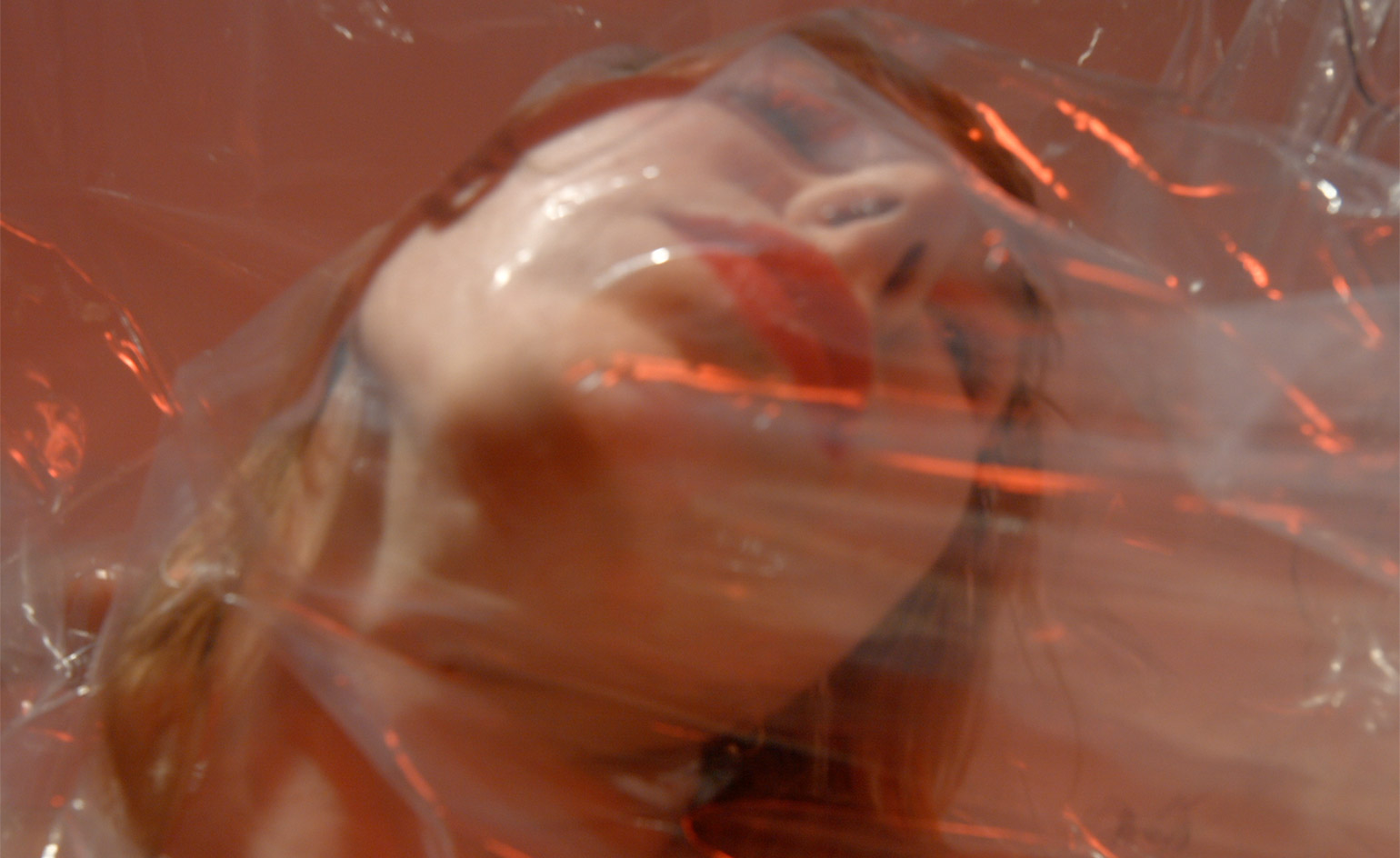 Art Night reveals blockbuster programme as the festival gears up for its third edition
Art Night reveals blockbuster programme as the festival gears up for its third edition